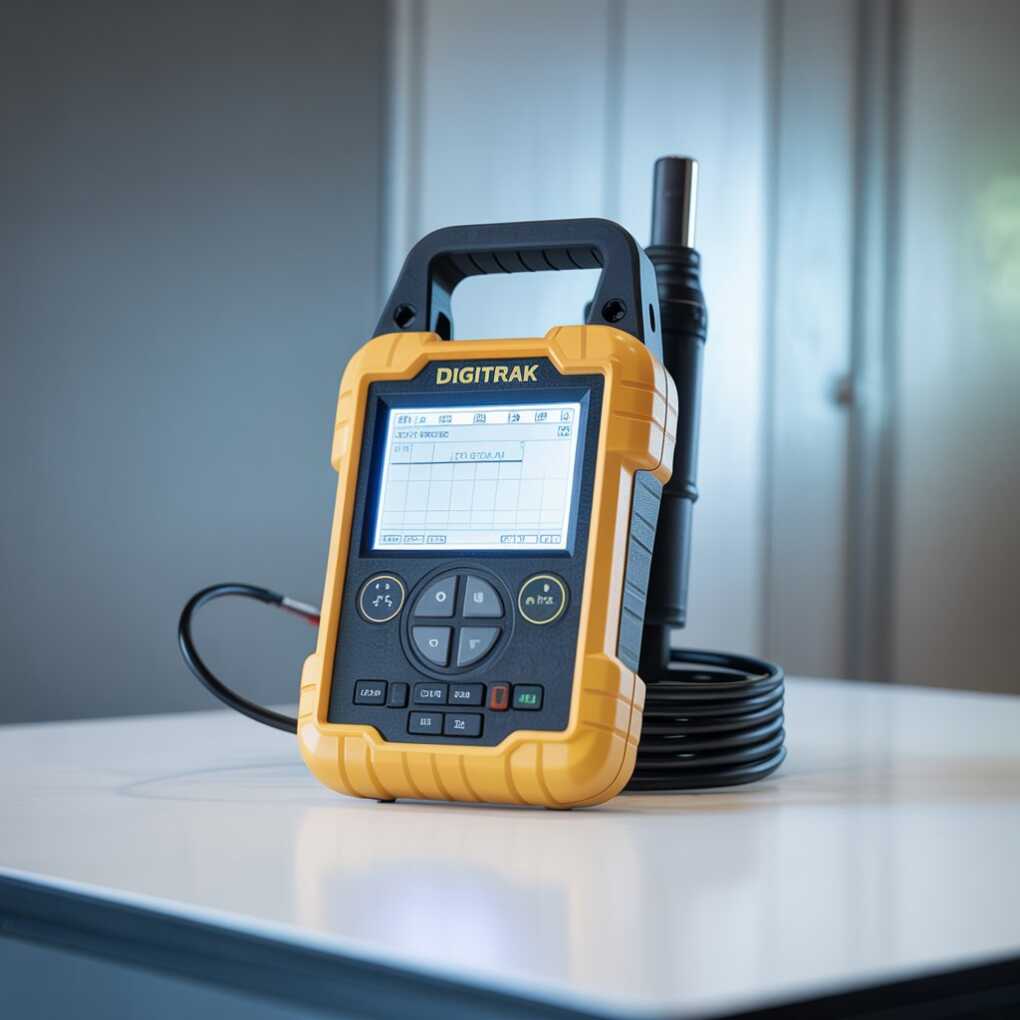If you run a horizontal directional drilling crew, you already know the drill rig is not the only thing that makes or breaks a job. The real difference between a clean, on schedule bore and a stressful one often comes down to your locating setup. When the locator and transmitter work smoothly, steering feels easy. When the signal is weak or jumpy, every rod feels like a gamble.
For many contractors, the practical choice today still revolves around two familiar DigiTrak systems. The F2 is a straightforward workhorse that covers most everyday utility bores. The F5 is the more capable option for deeper, longer and interference heavy projects. The smart question is not which one is “better” in the abstract. The right question is which one is better for a specific job, crew and budget.
In this post, we will break down the difference between the two, walk through typical use cases and show how small contractors can build a sensible upgrade path without overspending.

Why F2 still deserves a place in your fleet
It is easy to get excited about the newest, most powerful locator on the market. But if you look at where most contractors actually make their money, it is not always on extreme river crossings or 800 meter shots. It is on short and medium service lines, fiber drops, small road crossings and utility relocations.
For that type of work, an F2 based setup still checks a lot of boxes:
- Simple user interface that new locators learn quickly.
- Enough depth and data range for the majority of everyday bores.
- Plenty of compatible transmitters and housings already in circulation.
- A signal behavior that many experienced drillers know almost instinctively.
If you recognize your typical week in that description, you might not need a full top tier system on every rig. In fact, it can be more profitable to equip one or two rigs with a solid F2 setup and keep the capital you save working somewhere else in your business.
When you are ready to equip a new crew or replace aging gear, you can always click for Digitrak F2 options that match your current transmitters and drill head housings. That lets you upgrade without rebuilding your entire toolbox from scratch.
Where DigiTrak F5 really proves its value
Of course, not every project is a shallow service line. Some days you are working under six lanes of traffic, trying to clear crowded utility corridors or pushing depth limits in rough ground. That is where the extra capability of an F5 system earns its keep.
A rig built around Digitrak f5 guidance is usually the one you send to your hardest jobs. In real life that can mean:
- More range and sensitivity on challenging bores, so you keep a readable signal where basic systems fade.
- More flexibility in frequency selection, which is a lifesaver under power lines, near substations or in rebar heavy environments.
- Smoother, more detailed feedback on pitch and roll, which helps you stay on profile when tolerances are tight.
Do you need that level of performance for every bore No. But when you do need it, you really need it. It is the difference between a clean, one pass pilot and a job that turns into an expensive rescue mission.
Building a mixed strategy instead of chasing one perfect system
One of the biggest mistakes small and midsize contractors make is trying to solve every type of project with a single piece of equipment. Either they overspend on a high end system that is underused, or they try to force a basic locator into situations where it is out of its depth.
A better approach is to think in terms of roles.
- Your “everyday” rigs run with F2 guidance and focus on bread and butter utility work.
- Your “special projects” rig is equipped with digitrak f5 and the best transmitters you own.
This mixed strategy is powerful because it matches equipment to risk. You keep your capital investment in line with the complexity of the job instead of paying premium prices to do simple bores, or risking premium projects on minimal gear.
Transmitters, backups and the cost of downtime
Whichever system you choose for a specific rig, do not forget the quiet hero of every locating setup the transmitter sonde. The locator can only do its job if the sonde in the drill head is alive, stable and compatible.
A few simple rules will save you money and stress:
- Never run a rig with only one working transmitter on site. At minimum you want a primary and a ready to go spare.
- Standardize batteries and housings as much as possible so crews are not guessing what fits where.
- Pull any sonde that starts giving odd readings and bench test it later instead of fighting it mid bore.
It is easy to see transmitters as just another line on the invoice, but they are really your insurance policy against lost days, missed deadlines and awkward calls with clients.
